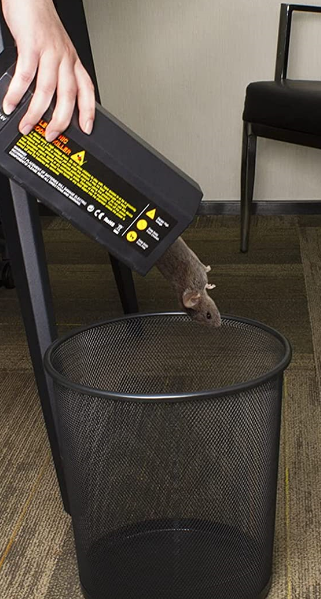Natural Methods for Outdoor Pest Control: Green Solutions
Introduction
Hello, all you green-fingered folk! Are you sick and tired of reaching for the chemicals - scent bottles and sprays every time some garden-knowing creep takes up residence on your property? Me too! It's for that reason that I am here to explain natural pest controls. A way of maintaining one's outer space in peace and good order without hurting the ecosystem. Let us try out some green methods that are both efficacious but which also respect Mother Nature.
Understanding the Role of Natural Predators
Things to think about here. Your garden is actually a complete ecosystem, populated with many characters. Even some of our critters are heroes: their forebears managed to keep pest numbers sufficiently low for any thinkable host plant type. Let's consider natural predators- the heroes in the fight against pests in our gardens.
Beneficial Insects and Animals: Ladybirds, lacewings, and birds are your garden's secret weapons. They eat aphids, caterpillars and other pests that seek to feast on your plants. By attracting these beneficial insects and animals to your garden you are actually creating an environment where pests are kept under control.
Creating a Friendly Environment for Predators: How can you provide a home for these heroes of the garden? It's easy. Plant a range of flowers and plants that draw them in, with native types particularly good at this. Shelter can be provided with logs, rocks or specially-crafted habitats. A small pond might also act as a tremendous attraction to frogs and birds who are pest munchers in their own right.
The Power of Botanicals and Essential Oils
Who would have thought that the key to pest control could lie in your kitchen cabinet? Natural pesticides like botanical and essential oils can act with the environment, reducing pests at their source.
Plants That Help Out: Plants such as garlic clovers tansy have been used for several hundred years to drive off pests of all sorts: they contain substances which are unappetizing or even lethal to pests. By planting these around your garden or using them as a natural spray, you can create a barrier which pests will think twice about crossing.
Oil of Oregano: Essential oils such as lavender, peppermint and citrus are not just for aromatherapy. They can also drive a number of pests away. Mix a few drops with water and spray it around your plants. Your garden will not only smell wonderful, but bugs won't find it one bit appealing.
Landscaping for Pest Prevention
Your garden's design may be the initial barrier against insects. With the right choices of both plants and layout, you can make up a garden which is less attractive to pests.
Options for Plants Invasive Plants: Some plants are naturally more pest-resistant than others. Therefore by using these in your garden, you've already taken a step ahead of us all. Research which plants typically are left alone by the pests who make life miserable for people in your area then turn them into stars of your garden.
Designing a Landscape To Keep Out Pests: With a well-designed landscape, many pests can be kept at bay before they become a problem. Keep plants which are prone to pests off the routes leading into your house, such as doors and windows. Regularly cut back and clean up fallen leaves and rubbish, as these are a hiding place for pests.
Habitat Modification and Environmental Control
Indeed, a little environmental fiddling might well be all that's needed to keep pests at arm's length for a long time. A few habitat changes and control of certain environmental conditions will render your garden less hospitable to pests.
Unwelcome Transitions: The various needs pests have also serve as their undoing. Given these needs, you can make your garden an unwelcoming place for pests. For instance, many pests need moisture in order to breed. So a garden without irrigation and kept dry (without killing your plants, obviously) will help reduce their numbers.
The Clean Factor: A garden that is clean is a healthy one. Weeds should regularly be removed, plants trimmed back if overgrown and fallen fruit and vegetables picked up. They are all food sources for pests and by keeping them under control, you make life harder for pests.
Conclusion
So there you have it. A guide to natural ways of keeping out pests that's as green in principle as any avocado. Learning the natural role of predators; making use of botanicals and essential oils; planning landscape with a mind on pest prevention; adapting habitats: it's all results in gardens free from pests and easy on Earth. You may have to put some labor into it. But the result is a garden as fit and fine-looking for its age as any woman of that age! Now go on out there and swing your hoe hard. Don't want to spend the whole day killing pests, do you?

 EN
EN


















































 ONLINE
ONLINE